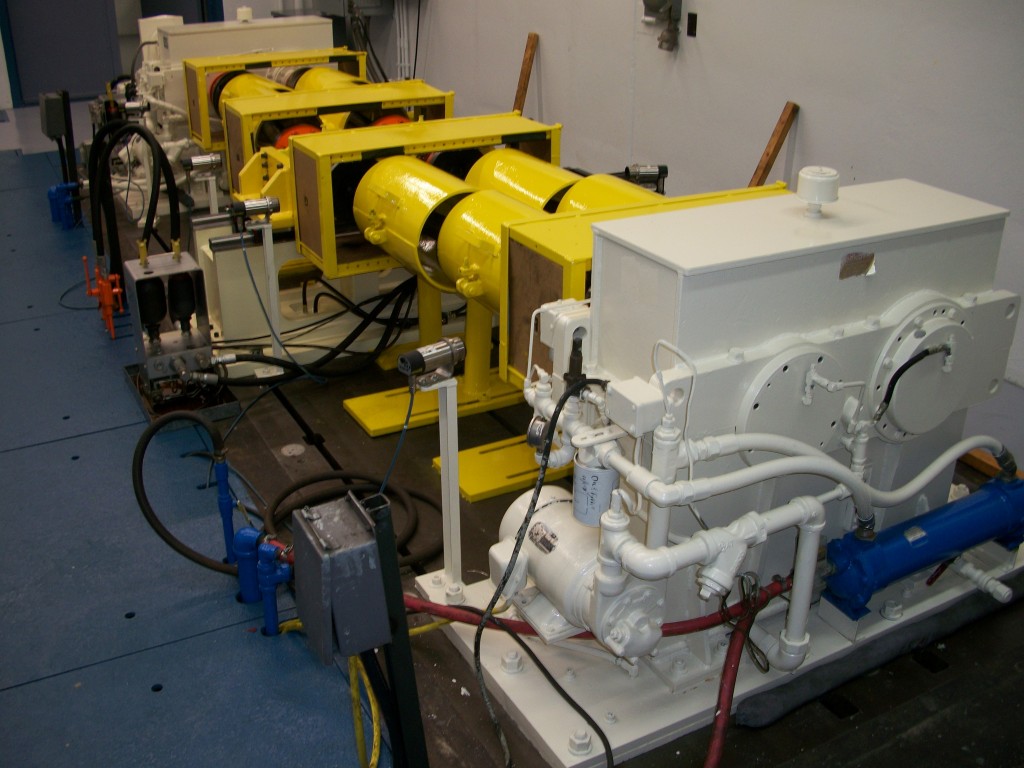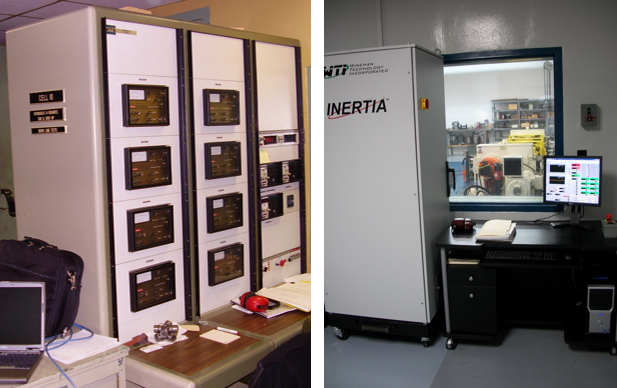In a competitive economic climate, device and component manufacturers face must occasionally update their test systems to keep up with the latest changes in product and test equipment technology. Plus, there is always mounting pressure to control costs in an effort to maximize revenue. Many companies end up purchasing entirely new test equipment to replace their legacy solutions. However, this can be such a costly and disruptive process where the businesses end up taking resources away from key projects in order to support the test system investment. Spending heavily on a new test solution can ultimately have a major impact on profits.

However, there is an alternative – making strategic updates to the existing system. If the current machine is not completely outdated and has components that can be reused, consider retrofitting it with state-of-the-art technology. This method may lead to substantial cost savings without sacrificing performance.
Figure 1. There may be no need to entirely replace an old test system. Take the time to find out if upgrading certain portions can meet your needs.
Consider the following reasons for upgrading your legacy test system:
1) Upgrade to Save Money
The main reason for upgrading and not abandoning your old test equipment comes down to money. How much of the legacy system can be reused? Substituting strategic portions of the architecture can significantly reduce power requirements, saving you on long-term energy expenses. Also, replacing key components that consistently fail can improve the overall reliability and minimize maintenance costs. Finally, consider incorporating new technology that will increase the flexibility and scalability of the overall system architecture, making it easier and cheaper to implement future improvements the next time around.
2) Upgrade to Save Time
Time is money, so anything that can increase speed and eliminate limiting factors is a plus. One of the first priorities is improving test bandwidth by expanding the channel count and the number of units under test (UUTs) a system can handle. An upgrade to the controller’s processing power and memory can significantly boost the speed. Plus, enhancing usability, ease-of-use, and automation will help decrease downtime from human error and manual processes.
3) Upgrade to Improve Functionality
Besides focusing on time and money savings, you’ll need to prioritize your wish list of features when modernizing an existing system. Is the goal to test more product functionality or test a wider range of different products? Does the legacy system need critical improvements in terms of accuracy or other performance specifications? Since you’re reusing older equipment, choose your new technology wisely to make the most of your budget.
For example, GKN Rockford uses four square test rigs to test their large, universal joints and driveshafts. To upgrade their system, they kept the mechanical rigs but replaced the legacy controllers with Genuen’s INERTIA test software and PXI real-time hardware. Not only were they able to automate the test sequences, improve accuracy, and offer new capabilities, but they also replaced three full-size test racks with a single rack, reducing the total amount of consumed space by 66%. To learn more about the GKN Rockford upgrade, read the full case study here.
Figure 2. GKN Rockford upgraded their four square test rigs by replacing the old controllers (left) with Genuen’s INERTIA-based controller (right).
The next time your company makes the decision to get rid of your outdated test equipment, take a step back and consider the most cost-effective and efficient options. You may be surprised to find that optimization, not substitution, is your best course of action.



